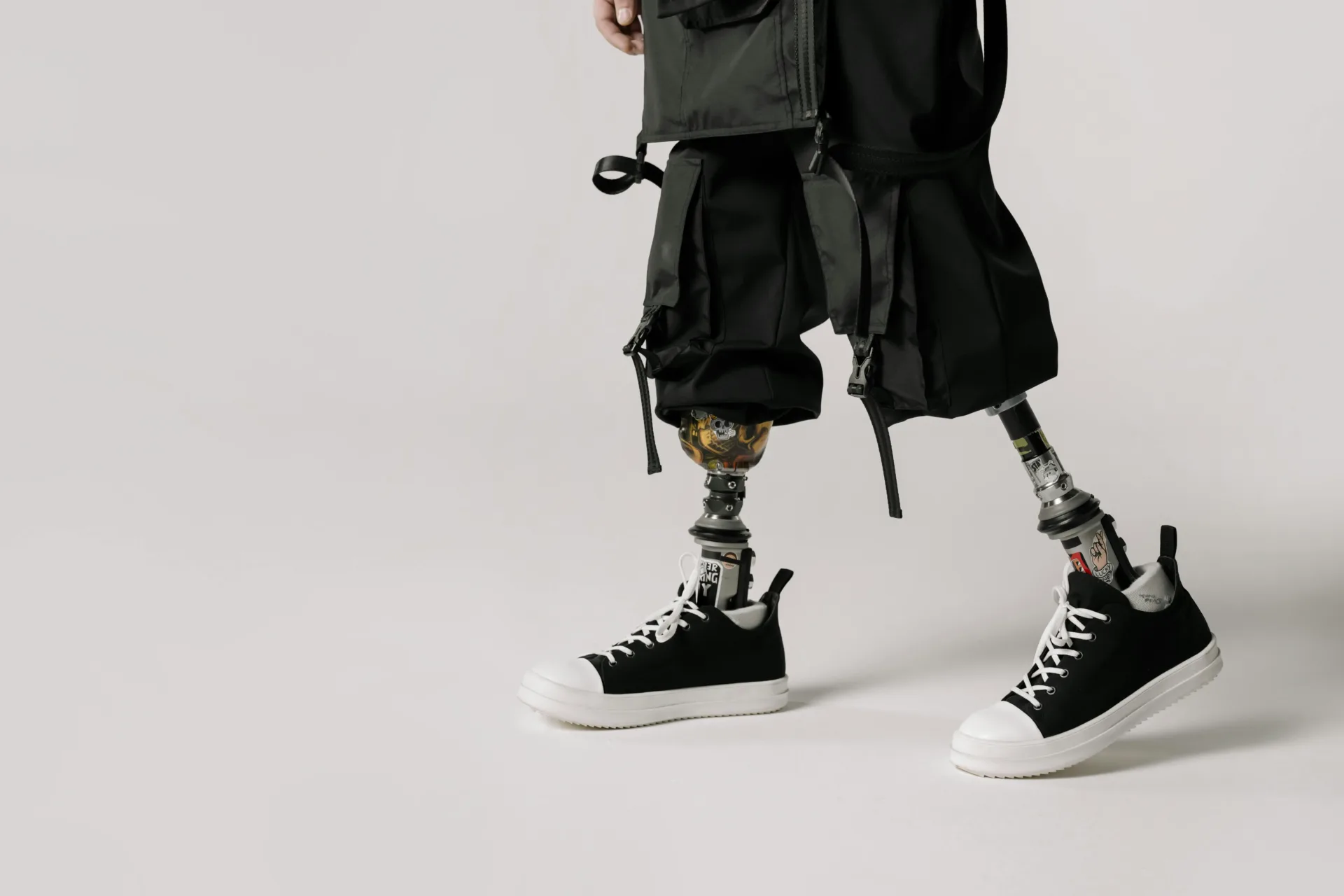Peace, happiness, and a strong bond with nature are all brought about by hiking. For people using prosthetic feet, it also offers a challenge. But today’s technology makes hiking more comfortable and more fun than ever. Choosing the best prosthetic foot for hiking is key to enjoying the outdoors confidently.
Advanced grip features now play a major role in making each step feel secure. Whether it’s rocky paths, muddy hills, or uneven trails, the right foot gives you the support you need. In this blog, we’ll explore how this special grip tech works and why it makes such a difference.
Why Hiking Is Different from Walking on Flat Ground
Walking on a trail is not like walking down a city sidewalk. Trails are full of surprises rocks, roots, mud, steep slopes, and wet leaves. They test your balance, strength, and movement in ways that daily walking doesn’t.
That’s where the best prosthetic foot for hiking becomes essential. It offers more than basic support. It helps you react quickly to changes in the trail. Grip technology helps you move without slipping, even on steep or rough terrain.
The Power of Grip Technology in Hiking Prosthetics
Increased friction between the prosthetic foot and the surface is how grip technology functions. It uses special materials and treads that help hold the ground better. These designs offer better control during both uphill and downhill walks.
The best prosthetic foot for hiking often includes rubber soles with tread patterns like hiking boots. These patterns improve traction and give a firm hold. This means fewer slips and more confidence in each step.
Also, these feet allow better ankle movement. This helps mimic how a natural foot reacts on trails, making the walk feel smoother and more natural.
Grip Tech in Real Trail Use
Imagine going on a strenuous mountain hike after it has rained. The mud is slippery, and the rocks are wet. A normal foot may struggle. But the prosthetic foot for hiking with grip tech provides more traction.
The special tread digs into the mud and adjusts to changes in slope. Each step feels solid. That gives hikers more control, even in bad weather.
Many hikers also find the confidence boost just as important. With a better grip, they focus less on falling and more on enjoying the view.
Different Feet for Different Terrains
Not all trails are the same. Some are flat and dry. Others are rocky or full of tree roots. Choosing the best prosthetic foot for hiking depends on your most common trail types.
For example:
- Desert trails need a wide tread to handle loose sand.
- Mountain paths benefit from shock absorption and deep grip.
- Forest pathways frequently call for improved multidirectional mobility and balance.
Some feet come with interchangeable soles. That makes it easier to switch based on your trail plan.
Feedback from Real Trail Hikers
Hikers who use advanced prosthetic feet often share how grip tech changed their outdoor life.
“I used to worry about slipping on gravel,” one hiker remarked. With my new foot, I feel sure-footed, even on steep climbs.”
Another said, “I love going back to my favorite forest trails. I move faster, and I don’t worry about wet leaves anymore.”
These stories point to the life-changing value of choosing the best prosthetic foot for hiking.
Why Fit and Comfort Also Matter
Grip is vital, but comfort still matters. A foot that grips well but feels stiff won’t help much on long hikes. That’s why a soft inner build, a good socket fit, and adjustable motion settings are important too.
When choosing the best prosthetic foot for hiking, check that it works with your leg, socket, and overall setup. A proper fit avoids pain and allows better use of the grip features.
It’s also a good idea to talk with your prosthetist about trial goals. They may suggest small changes that make a big difference.
How to Maintain Grip Over Time
The grip on your prosthetic foot will wear down over time, just like hiking boots. Regular checks are important. Clean the treads often, especially after muddy hikes.
Avoid using harsh chemicals or sharp brushes. Use mild soap and warm water to keep the grip strong. Let it dry fully before storage.
This simple care keeps the best prosthetic foot for hiking working well for years.
What Brands Are Known for Trail-Friendly Prosthetic Feet?
Some brands have built strong reputations for outdoor-friendly feet. While we won’t list product names, look for feet made specifically for activity or hiking. They usually come with high grip, ankle flex, and water-resistant features.
Check reviews by people who hike often. They can guide you toward the best prosthetic foot for hiking based on real-world use. Lastly, never forget the mental side. Hiking helps clear the mind and brings calm. The best prosthetic foot for hiking doesn’t just aid movement. It brings back a sense of freedom.
Many users say they feel more independent. They no longer limit themselves to short, flat walks. Grip technology opens doors to more trail adventures.
Conclusion
When it comes to enjoying trails again, choosing the best prosthetic foot for hiking is a game-changer. Grip tech helps you stay steady, move with ease, and face rough terrain without fear. With the right foot, every step on the trail feels more natural and more fun. Whether you’re hiking forest trails or mountain slopes, grip matters. And today’s tech makes it possible.
Are you looking for more support on your hiking journey? Contact a specialist at the OP Center for expert guidance.
Frequently Asked Questions
1. What is the best prosthetic foot for hiking?
The best prosthetic foot for hiking is one designed with advanced grip technology, shock absorption, and flexible ankle movement. These features help provide traction on rocky, muddy, or uneven trails, making each step more stable and natural.
2. Why is grip technology important in a hiking prosthetic foot?
Grip technology increases traction between the prosthetic foot and the trail surface. With tread patterns and rubber soles similar to hiking boots, it reduces the risk of slipping on steep, wet, or rough terrain, giving hikers more confidence and safety.
3. Can prosthetic feet handle different types of hiking trails?
Yes. Different prosthetic feet are built for different terrains. For example, desert trails may need wide treads for sand, while mountain paths benefit from deep grip and shock absorption. Some prosthetic feet even come with interchangeable soles to match specific trail conditions.
4. How do I maintain the grip on my prosthetic foot for hiking?
To maintain grip, clean the tread regularly with mild soap and warm water, especially after muddy hikes. Avoid harsh chemicals or sharp brushes, and let the prosthetic foot dry completely before storage. Regular checks with your prosthetist also help keep the foot performing at its best.
5. How do I choose the right prosthetic foot for hiking?
When choosing the best prosthetic foot for hiking, consider grip strength, comfort, and fit with your socket. A prosthetist can help customize adjustments for your hiking goals. Look for models designed for outdoor activity with ankle flexibility, water resistance, and durable traction.



